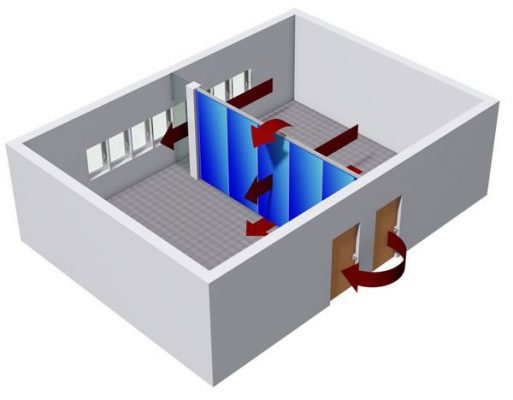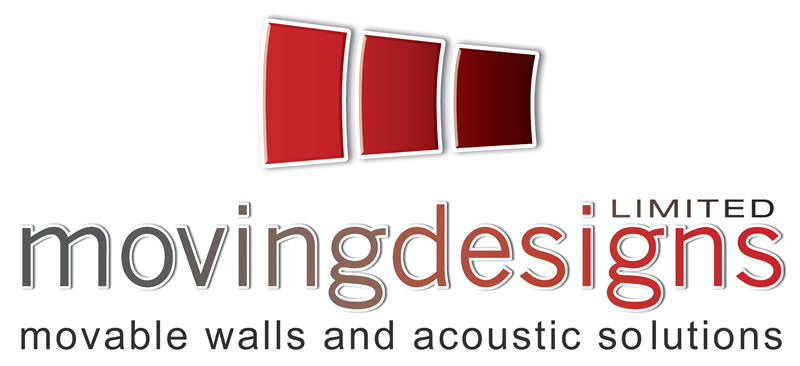 Manufacturers of Movable Walls market their products based on data that is derived from test done in a controlled environment, normally in an Acoustic Testing Laboratory. The sound insulation values of lab tested walls are generally given as Rw Db ratings. These tests can be used as a comparison but the actual field rating acoustics of the Movable Wall will probably be worse, this is defined as the DnTw Db
Manufacturers of Movable Walls market their products based on data that is derived from test done in a controlled environment, normally in an Acoustic Testing Laboratory. The sound insulation values of lab tested walls are generally given as Rw Db ratings. These tests can be used as a comparison but the actual field rating acoustics of the Movable Wall will probably be worse, this is defined as the DnTw Db
The difference is because real-life buildings are not as well built as laboratories. The floors are not as level, the permanent walls are not as plumb, the joints are not as well sealed, and the structure is not as heavy. In a laboratory, test specimens tend to fit perfectly because the lab is built just for that purpose.
Acoustic test results are expressed as decibels (dB) of sound reduction, how much the product reduces the transmission of sound between rooms. The higher the dB rating the more sound reduction the partition will perform. Because of flanking, the onsite dB Dn Tw figure will always be lower than the dB Rw figure.
What is Flanking?
Sound, like water, follows the path of least resistance. If there are leaks in the surrounding construction, even the best movable partition will not provide a good sound barrier, this is known a ‘flanking path’.
Flanking paths can be present even when the surrounding construction is of good quality. Direct HVAC ductwork between rooms, open plenums above suspended ceilings are all perfect escape routes for sound. The ceiling tiles themselves, whose porous properties help prevent reverberation, allow sound to pass through easily. Uneven floors and out-of-plumb walls also contribute to leaks as do recessed lighting, access panels and other design details. However, the best defence against flanking paths is careful planning in the early stages of the project .
Beating Flanking Paths
When specifying an acoustic partition it is essential to adhere to the best construction techniques that will afford the best noise isolation. Acoustically designed, movable walls reach their full potential if the flanking elements are executed accordingly. For particularly high sound-insulation requirements, we recommend the help of an acoustician in collaboration with our sound insulation experts. Please don’t hesitate to contact us.
